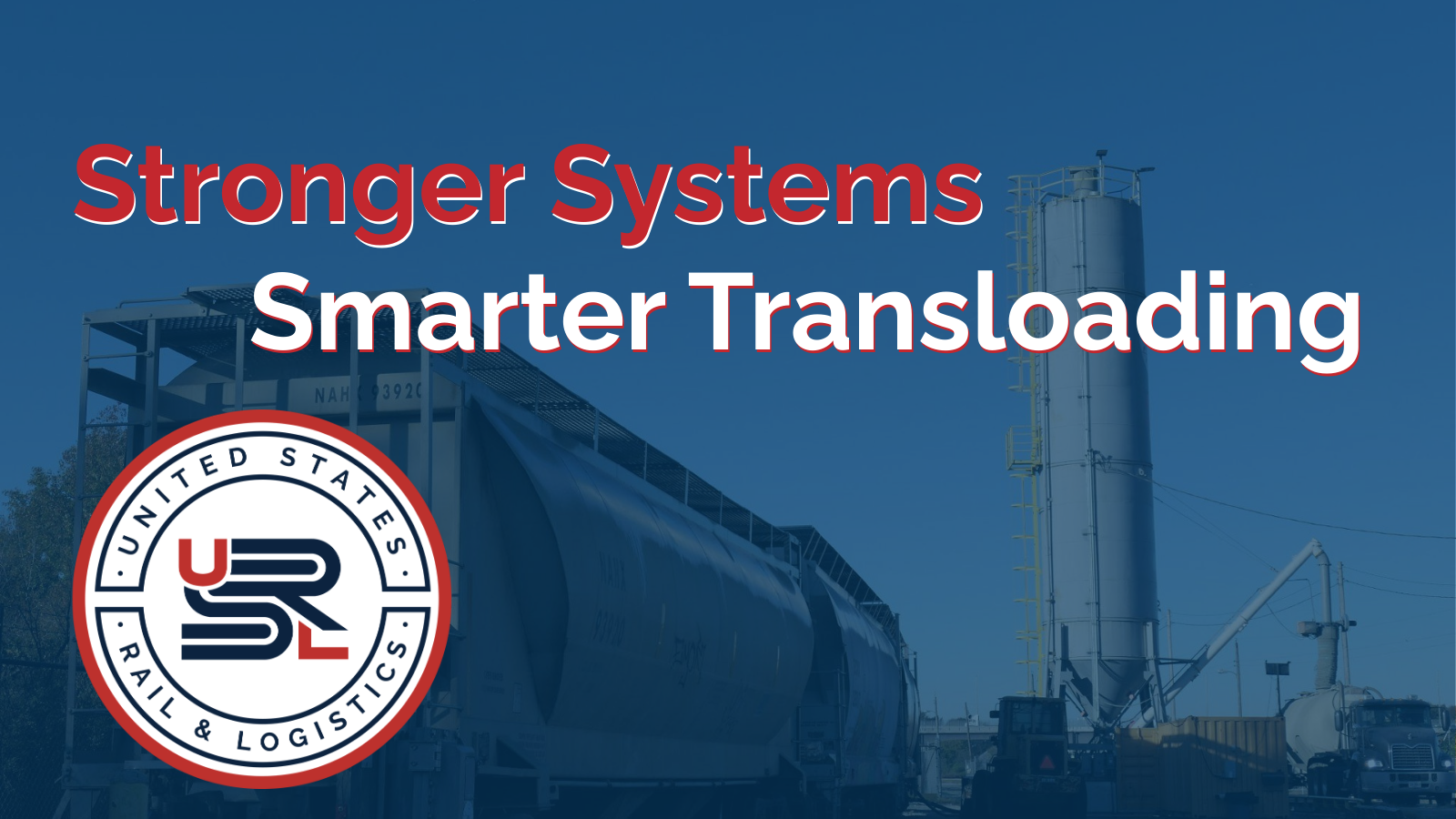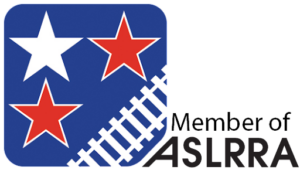In the North American supply chain, rail-to-truck transloading has become an essential logistics solution. By bridging the efficiency of rail freight with the flexibility of trucking, transloading ensures that goods move seamlessly from railcar to truck and ultimately to their final destination. Whether handling energy products, chemicals, agricultural commodities, or consumer goods, transload facilities keep freight moving across the continent.
But in today’s fast-paced logistics environment, success isn’t just about moving freight from rail to truck, it’s about having the right systems in place. Strong processes, reliable technology, and safety protocols are what separate an average transload operation from a high-performing rail transloading provider.
Why Systems Matter in Rail Transloading
A rail-to-truck transloader is a crucial link between railroads, trucking carriers, warehouses, and end customers. Each shipment requires careful coordination, and without the right systems, inefficiencies can cause major setbacks: idle railcars, delayed trucks, safety risks, and unhappy customers.
By implementing efficient transloading systems, operators gain the visibility, control, and scalability needed to stay competitive in the evolving North American logistics market.
The Benefits of the Right Transloading Systems
1. Increased Operational Efficiency
Railroads run on strict timetables, while trucks need flexibility. A strong transloading system ensures that inbound and outbound flows are synchronized, reducing railcar dwell times and getting trucks loaded or unloaded faster. This keeps supply chains moving without costly bottlenecks.
2. Real-Time Tracking and Visibility
Shippers today demand transparency. With digital rail-to-truck logistics systems, transloaders can provide real-time updates on railcar status, inventory levels, and truck movements. This visibility helps customers make informed decisions and reduces the risk of disruptions.
3. Enhanced Safety and Compliance
Handling bulk materials, chemicals, or hazardous products requires strict adherence to safety standards. Modern transloading systems enforce documented processes, track compliance requirements, and provide training protocols that protect employees, the environment, and nearby communities.
4. Scalability for Growth
The demand for rail transloading in North America continues to grow. Facilities with the right systems in place can handle higher volumes, expand to new commodities, and adapt to customer needs without sacrificing performance or reliability.
5. Stronger Customer Confidence
In a competitive logistics market, shippers want a partner they can trust. A transload facility that demonstrates robust systems, reliable data, and safe operations gives customers confidence that their products are in good hands.
Conclusion: Systems Drive Transloading Success
The role of a rail-to-truck transloader in North America goes far beyond physically transferring freight. With the right systems, transload facilities can transform into strategic logistics hubs that improve efficiency, reduce costs, and deliver a competitive advantage.
For shippers seeking reliable rail-to-truck logistics partners, evaluating the systems behind the operation is just as important as evaluating location and capacity. In today’s interconnected supply chain, strong systems aren’t optional… they’re the foundation of transloading success.

Adam Shaddy
Director, Technology & Logistics
He currently resides in Fort Worth, TX.




Leave a Reply